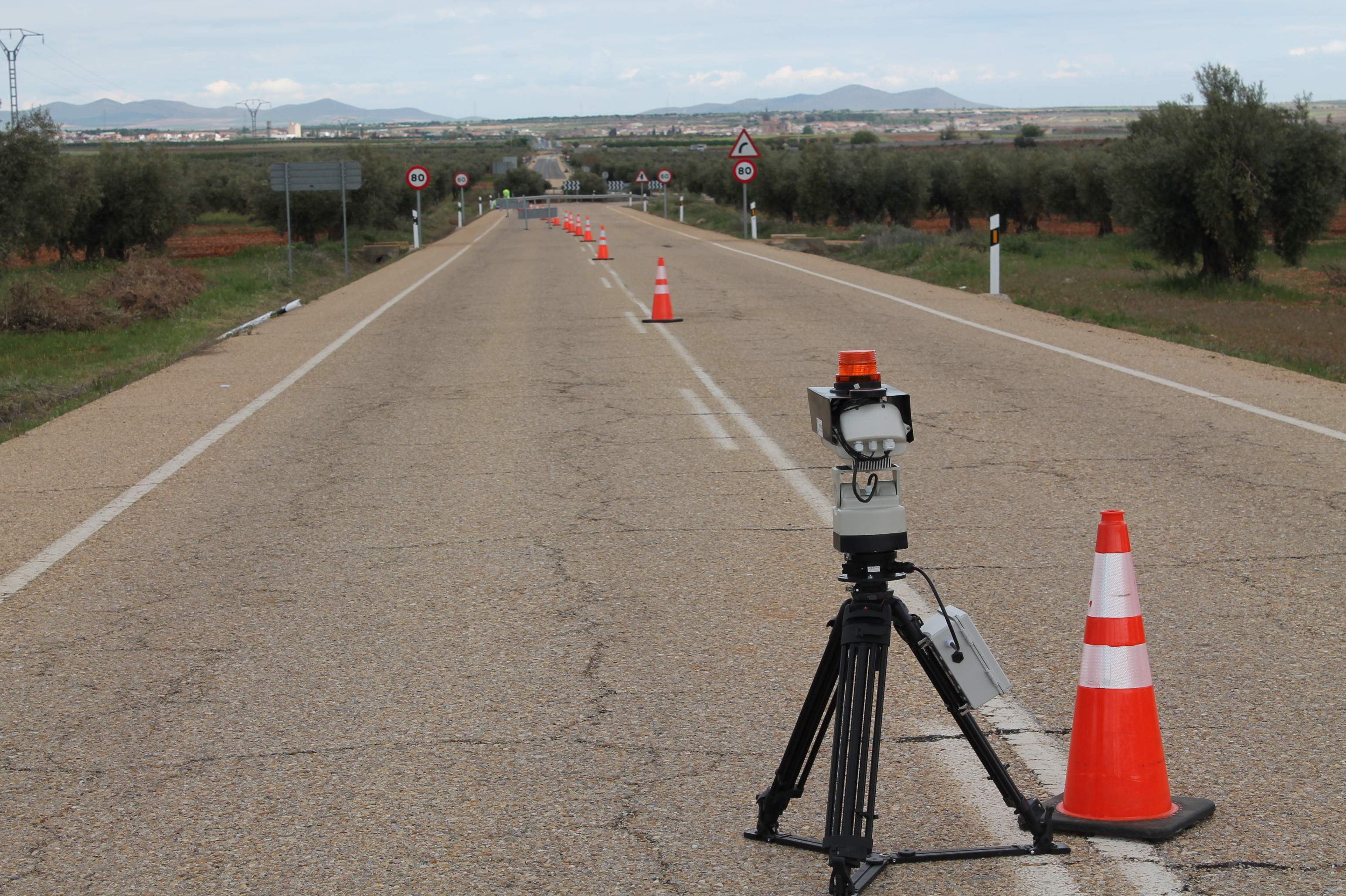The Natives are coming! Apache, Cheyenne, Cherokee, Sioux. Much has been written about Native Americans; their ritual dances, their spirituality and mysticism, the ceremonial peace pipe, and tribal wars are part of the collective imagination. But beyond the legend of the Far West, Buffalo Bill, and Sitting Bull, North America’s indigenous population has given us a mode of communication that, though used previously, is largely associated with their culture: smoke signals.
Well into the 19th century, indigenous tribes used the power of smoke to communicate with each other. The language of the wind and the voice of fire blended perfectly to create signals that conveyed complex, coded messages, warning of an enemy attack or precarious situation: a distinct method of communication that helped protect territory and ensure the safety of fellow tribe members.
Similarly, the sea has its own codes, vocabulary, rituals, and ways of communicating. Just ask the Titanic, the largest ship ever built.

On 10 April 1912, the crown jewel of the White Star Line embarked from Southampton (UK) en route to New York. Four days after its departure, the luxurious British liner stuck an iceberg, causing irreparable damage to the hull. Assessing the magnitude of the damage, the crew, headed by Captain Edward John Smith, frantically sent SOS distress signals in Morse code to any ships in the vicinity. At the same time, they illuminated the night sky with light and smoke from flares in a desperate appeal for help. These maritime codes of communication indicate a state of emergency on the high seas and exist for a single purpose: to same the lives of the passengers aboard ship.
While these events are important milestones in human history, they also set a precedent in the way we report dangerous situations. They are warning systems used at specific times to send distinct messages for a single purpose: to reinforce people’s safety and protect them against possible threats.
Today, new technology offers us endless opportunities to implement innovative solutions that help improve the safety and protection of workers and drivers during road maintenance operations, covering all relevant aspects including information, prevention, detection, warning, and protection.
At Sacyr, we promote the creation and development of projects that focus on eliminating any potential threat posing a risk to the integrity of our professionals. As such, and as part of our latest edition of Sacyr iChallenges, we launched the “Vision 0 for lane closures” challenge, which aims to reduce the number of deaths and injuries on the road, given that lane closures endanger our operators when placing and removing elements on the road and performing other related operations.
At Sacyr, we conduct technical surveillance work, which facilitates the early identification of new solutions that help us address our challenges. This is how we learned of the solution developed by Corus Consulting, one of the innovators participating in the third edition of Sacyr iChallenges, that allows us to prevent, detect, and report in real time any situation that may compromise the safety of lane-closure workers.

This solution is powered by artificial intelligence (AI) that facilitates the anticipation and communication of any risk, thus improving the environment in which road maintenance operations are carried out and ensuring the protection of our professionals and all road users. The system combines LIDAR technology and 4K cameras capable of covering large areas through the use of alarm repeaters. In addition, these devices can be integrated into wearables that alert operators of any possible danger through vibration or sound.
To learn about the solution firsthand, members of Sacyr’s Conservation, Health and Safety and Corporate Innovation teams visited the Yébenes tunnel (Toledo), where Corus Consulting conducted a demo of its system.
Prediction and warning systems will undoubtedly continue to evolve in the years to come. Innovation and new technologies will produce solutions that predict, report, detect, and protect thousands of people from any kind of threat. By land, sea and air, safety is guaranteed, from the Titanic to wearables, from Morse code to 4K, from indigenous culture to AI.
